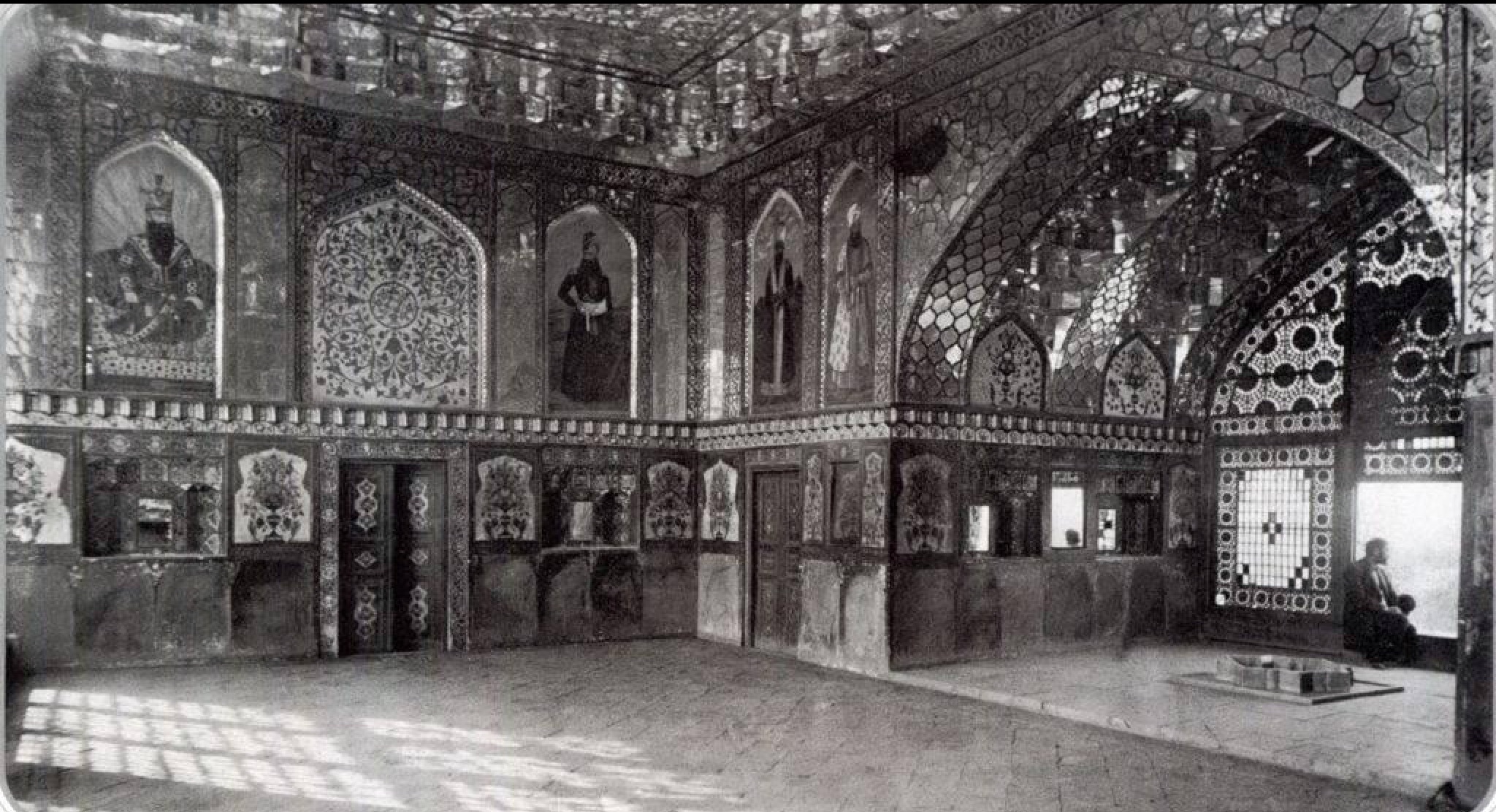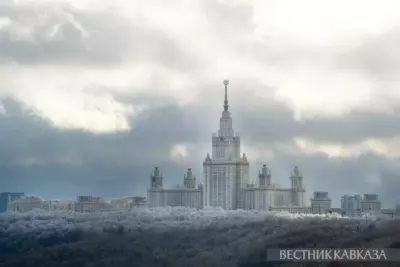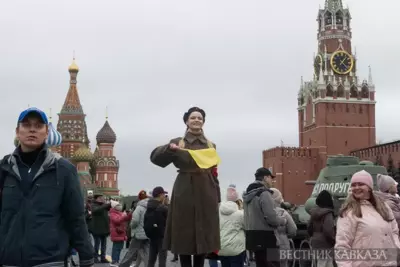Much has been written about how Iravan was turned into Yerevan, and the Iravan Khanate - into a mono-ethnic Armenia. One of the elements of the history redrawing is the Sardar Palace of Iravan, founded in the 1580s by the Turkish governor and thoroughly rebuilt at the end of the 18th century. Now it could be a pearl of the South Caucasus architecture - a unique Sheki shebeke, Persian mirrored walls and carved columns from Central Asia.
All the walls of the palace were faced with tiles with patterns and flowers, and the ceiling was covered with mirrors. The palace also displayed portraits by the Azerbaijani artist Mirza Kadim Iravani. In 1827, in one of the rooms of the palace, the first production of "Woe from Wit" took place, and the only one in history at which Griboyedov was personally present. "The floor is covered with expensive, patterned carpets, the ceiling and the entire hall are painted with Japanese patterns, the shutters of the windows occupy the entire oblong wall: in them, colored mica alternates with carvings and glued edging. A fireplace has been built directly opposite the entrance, the convex ceiling is covered with mirror pieces, all the walls are decorated paintings in two rows "- this is how he described his impressions of the palace.
The palace complex also included a harem, khan's baths and two historic mosques - Rajab Pasha and Abbas Mirza. The exquisite garden at the palace was the place where foreign embassies were received.
-2.jpg)
However, the new owners of the city did everything to liquidate this architectural complex as soon as possible. Already at the end of the 19th century, the merchant Narses Tairyan cut down the khan's garden and organized in its place the "Noy" wine-brandy factory, which is still operating. In the 1910s, against the background of general chaos and the actual collapse of the Russian Empire, the palace was ransacked and destroyed on the sly. Household items and paintings from the palace partly ended up in Georgia and were preserved in the country's national gallery, partly were appropriated by local residents. Mosques were demolished as opium for the people in the 1930s. The last fragment of the wall of the Abbas Mirza mosque that survived the USSR was hastily destroyed in the 21st century during the construction of the Glendale hills residential complex.

So sad was the fate of a unique architectural monument, which could have become a treasure of world culture, but turned out to be too inconvenient artifact for someone ...
-2.jpg)






